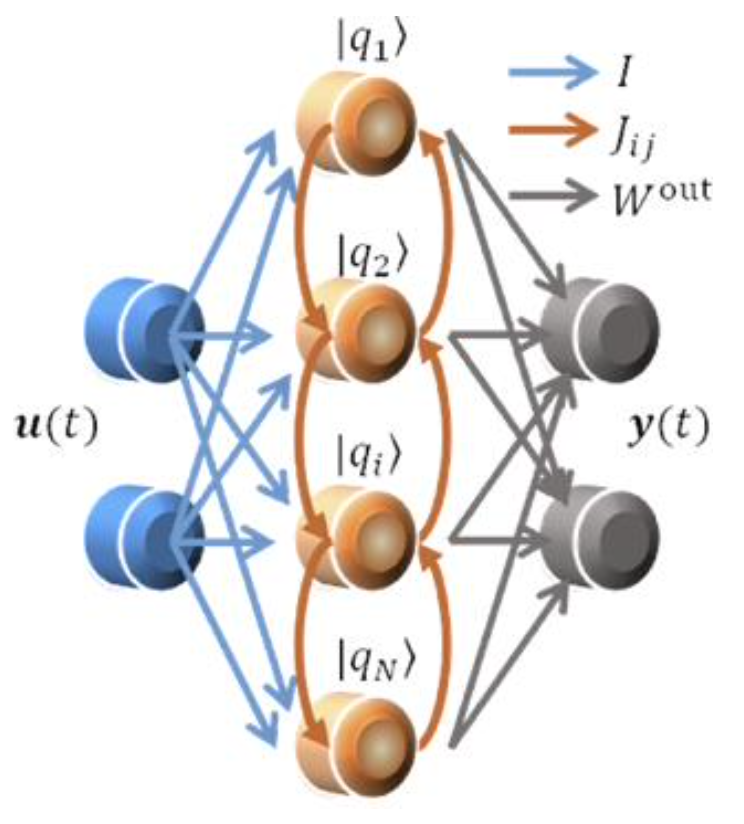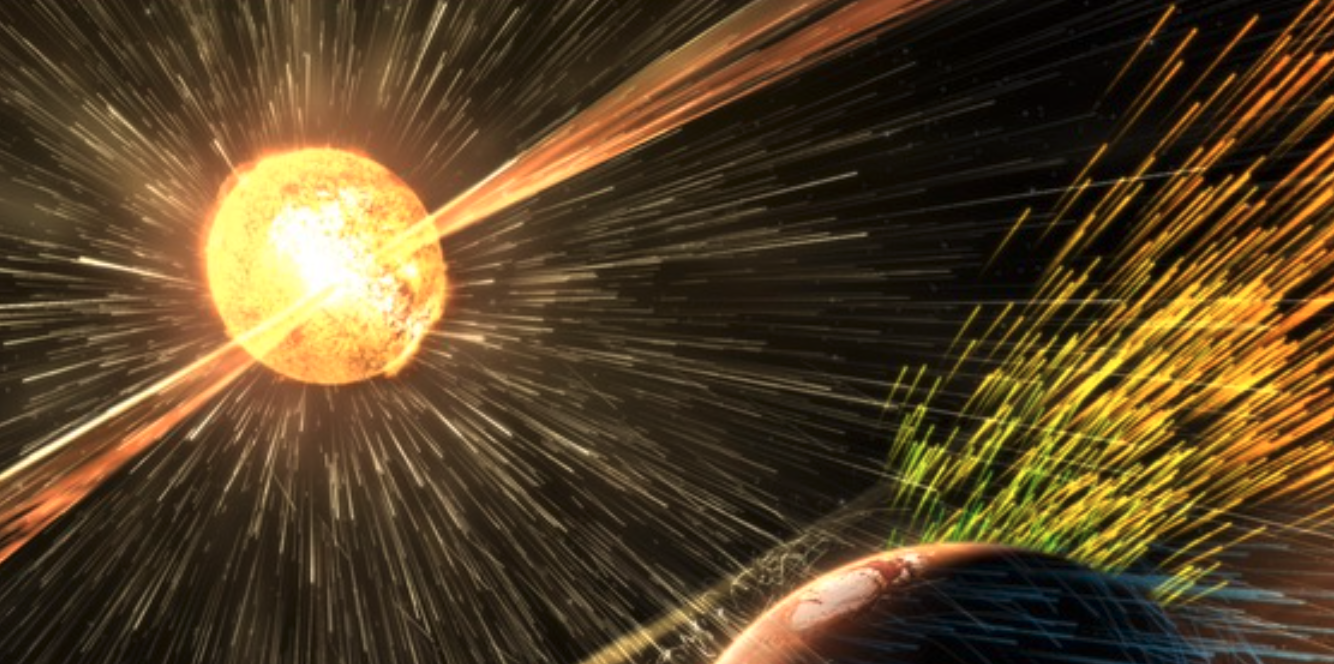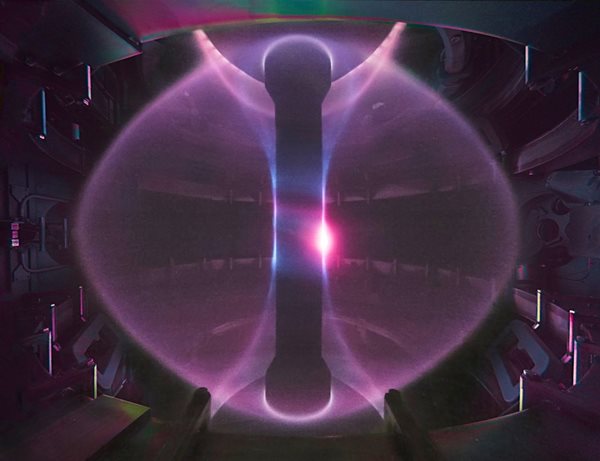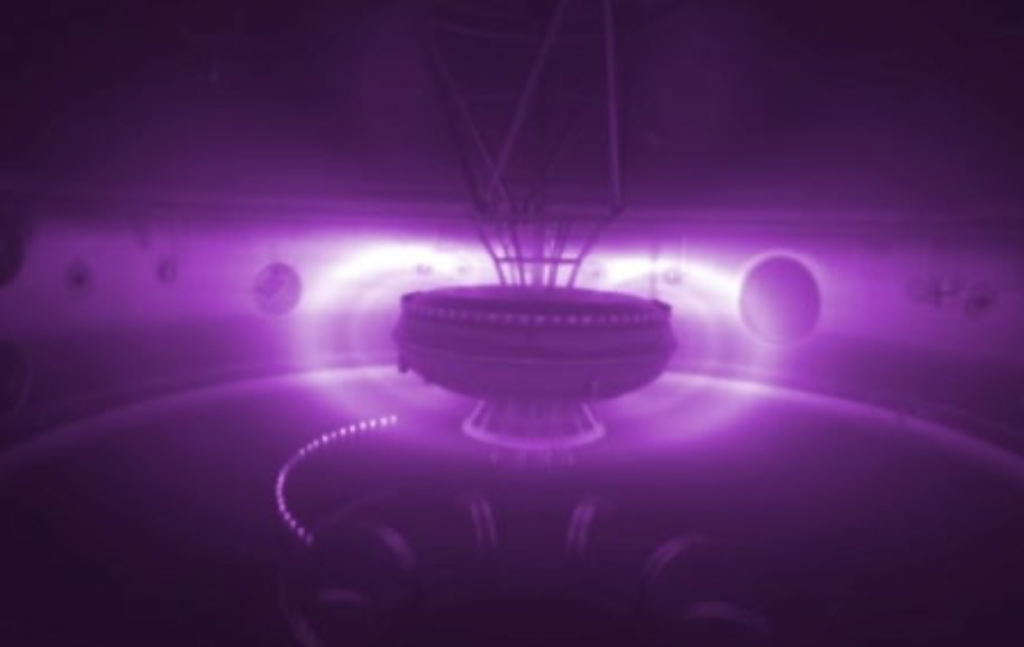Professor Xiahong Feng
Dartmouth College
 Global climate is influenced by the Arctic hydrologic cycle, which is, in part, regulated by sea ice through its control on evaporation and precipitation. However, the quantitative link between precipitation and sea ice extent is poorly constrained. This talk presents observational evidence for the response of precipitation to sea ice reduction and assesses the sensitivity of the response. Changes in the proportion of moisture sourced from the Arctic with sea ice change in the Canadian Arctic and Greenland Sea regions over the past two decades are inferred from annually averaged deuterium excess (d-excess) measurements from six sites. Other influences on the Arctic hydrologic cycle, such as the strength of meridional transport, are assessed using the North Atlantic Oscillation index. We find that the independent, direct effect of sea ice on the increase of the percentage of Arctic sourced moisture (or Arctic moisture proportion, AMP) is 18.2 ± 4.6% and 10.8 ± 3.6%/100,000 km2 sea ice lost for each region, respectively, corresponding to increases of 10.9 ± 2.8% and 2.7 ± 1.1%/1 °C of warming in the vapor source regions. The moisture source changes likely result in increases of precipitation and changes in energy balance, creating significant uncertainty for climate predictions.
Global climate is influenced by the Arctic hydrologic cycle, which is, in part, regulated by sea ice through its control on evaporation and precipitation. However, the quantitative link between precipitation and sea ice extent is poorly constrained. This talk presents observational evidence for the response of precipitation to sea ice reduction and assesses the sensitivity of the response. Changes in the proportion of moisture sourced from the Arctic with sea ice change in the Canadian Arctic and Greenland Sea regions over the past two decades are inferred from annually averaged deuterium excess (d-excess) measurements from six sites. Other influences on the Arctic hydrologic cycle, such as the strength of meridional transport, are assessed using the North Atlantic Oscillation index. We find that the independent, direct effect of sea ice on the increase of the percentage of Arctic sourced moisture (or Arctic moisture proportion, AMP) is 18.2 ± 4.6% and 10.8 ± 3.6%/100,000 km2 sea ice lost for each region, respectively, corresponding to increases of 10.9 ± 2.8% and 2.7 ± 1.1%/1 °C of warming in the vapor source regions. The moisture source changes likely result in increases of precipitation and changes in energy balance, creating significant uncertainty for climate predictions.









